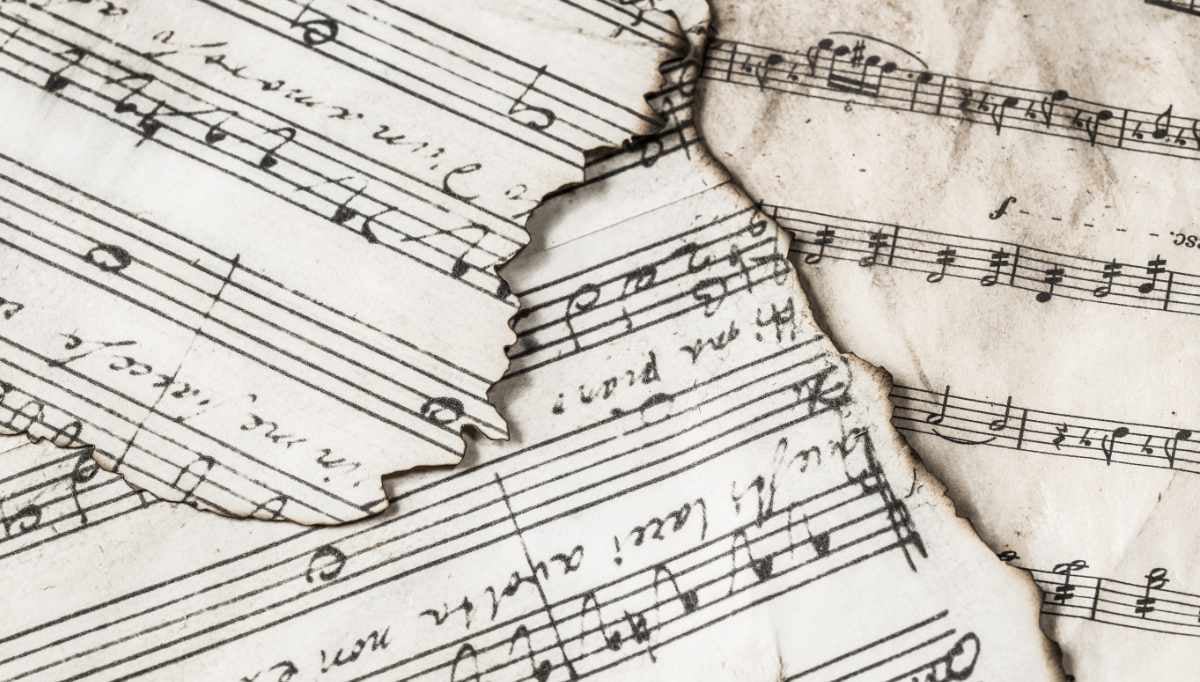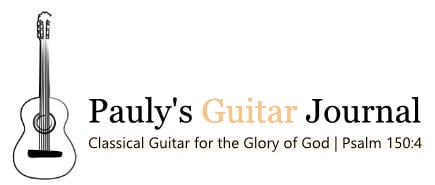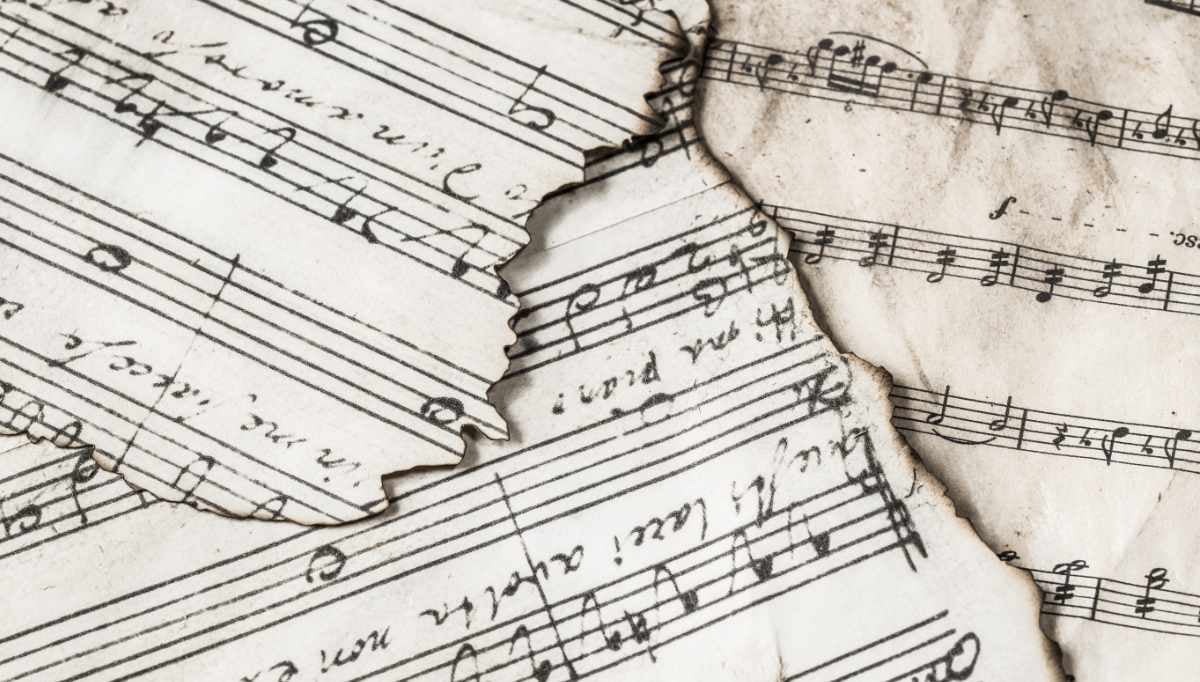How do you take the stress out of guitar notation? It is very simple actually. However, can I be honest here? Just for a minute? You always try to be honest, right? I have been avoiding this article. Not because of the subject matter. I find the workings under the musical hood to be quite fascinating. No, that is not the reason. The reason is that I know most of my readers are well beyond understanding basic music notation.
Let me ask you a question. Did you sign up for the monthly newsletter yet? If you sign up for the newsletter, you can get my monthly diatribes on the world of classical guitar. You will also be notified when I release new compositions, books, videos, albums, and that kind of stuff.
But seriously, do you get into the mechanics of the music? What makes the musical engine work? I used to know a guy who loved trucks. He worked on his truck even when it did not need to be fixed. As I recall, he messed things up from time to time. However, he loved it. He knew more about a truck than almost everyone I have known.
I have recently delved into some more basic understanding of music notation. Here are a couple of things I have found and some thoughts I think are true. Plus, some pointers for those who wish to dive into this world.

Music Notation Has History
Music notation has a long history. It has been developed over at least a thousand years. Music used to be strictly memorized and if you forgot how it went… well? The oldest manuscript we have is from 300 B.C. (that is Before Christ). It is from the Greeks, who chiseled it in stone. Makes you thankful for music notation software does it not?
Music notation is the way we document our music. Writing it down can preserve it for centuries. Consider the music we have from Bach, Mozart, and other composers. This creates a tradition of music. Certain musical periods reflected different music styles. These styles were built upon to create new and innovative styles. And we are still doing that today, that is creating something new off something that came before.
This is why it is important to learn musical notation and to write your music down. Just think if Bach had not written his music down. So here is a question: why is it that so many guitarists seem so afraid of music notation?
Why Guitarists Avoid Music Notation
Let me offer you my thoughts here. These are my thoughts and experiences. Guitarists are notoriously bad at reading notation because:
Intimidation
They are intimidated by the dots on the page. Looking at the musical language can be overwhelming at first. I know that was my experience. Even though I had taken trombone in middle school, reading notation for guitar still overwhelmed me. Having a fear about something can stifle your willingness to take the first step. My encouragement to you, if you are one of these people, is to step out. Once the first step is taken you will be shocked at how easy it is to take the next one. After a while, you will wonder why it was such a big deal at all.
Laziness
Others are just lazy. And yes, I have been there too. They want to take the easiest path without putting in much effort. Tablature is enough they say. Except when it is not. When it does not convey everything that is going on in the piece. No doubt that tablature has been around for hundreds of years. Lute music was primarily written in tablature back in the day. However, today we have a universal way of notating music. You have a whole world of new musical possibilities when you open that door.
Pride
Still, others suffer from something called pride. They want the thrill of playing the guitar and to be seen as the rock star. Also, they want acclaim. Some great guitar players cannot read a lick of music. And it is simply because it was not important enough to learn.
Lack of Resources
Some have had no one to teach them. There are those who, for whatever reason, never learn because they do not have the resources. That could be no money, no available teachers, or the circumstances that they are in. I have come across people who live so remotely that there was no accessible teacher for them. The internet helps with this to a degree.
Learning Music Notation is Easy
Many of you, like myself, have wanted to compose your own classical or fingerstyle pieces. You may want to add some fingerstyle elements to your guitar playing. I grew up in a time when rock-n-roll was all the rage, angry as they were.
Consequently, when I entered that world, it was not just about the bands or getting famous. In fact, it was not even about the music. It was about writing your very own material. Now fast forward a couple of decades. I still have the desire to write original music. As a result of taking classical guitar lessons, I learned how to read and write musical notation. Understanding the canvas is a good place to start. Like having a toolbox when approaching a task, it is also good to know what tools you must work with.
Starting with Basic Notation
You may be tempted to skip this section of the article. Don’t! Because understanding the basics of music is the door to understanding composition. These basics are commonly referred to… dare I say it: Music Theory. Some of you just checked out. Why are people so fearful of Music Theory? Especially guitarist? Indeed, basic music theory is where composition starts.
First, let us understand the canvas. The Staff consists of five lines and four spaces. The cleft determines which note names we use on the staff. In this case, we are using the Treble or G clef and starting from the bottom of the staff. The lines of the staff are E, G, B, D, F. We can remember this with a mnemonic device (a memory aid): Every Good Boy Does Fine.

The notes in the lines spell out Every Good Boy Does Fine
The spaces on a staff with a tremble clef spell out F, A, C, E.

The notes in the spaces spell out Face.
I mean it does not get any easier than that, right?
Rhythm
Understanding rhythm is essential to notation. Hence, rhythms tell you where in time to play the note(s). Furthermore, rhythms use a combination of notes: whole notes, half notes, quarter notes, eighth notes, triplets, and sixteen notes. As well as, thirty-second notes, sixty-fourth notes, and the commonly overlooked one-hundredth-twenty-eight notes.

Quarter Notes

8th Notes

16th Notes

32nd Notes

64th Notes

128th Notes
Being able to read rhythms and read them fluently not only helps your sight-reading and playing. It also plays a large part in your compositions (pun intended). For example, take a piece of music and clap/count out the rhythms. The more you do this, the more you understand the piece better. In addition to that, learning the next piece is easier. Thus, the piece after that is easier still, and so on.
Also note: that understanding the equivalent rests is also important.
Why So Basic?
Yeah, Pauly, I know this already. Why mention these very basic elements of music? Because these very basic elements make up your canvas. The canvas is where you begin to compose music. Think of it as an artist staring at a blank page. They have their materials in place. Understanding them is key (okay, I’m sorry. I can’t help myself.)
Once you have your work of art completed you can share it with the world. And in five hundred years, you will be famous.
If you enjoyed this article, please consider sharing it and signing up for the monthly newsletter.




Comments ()